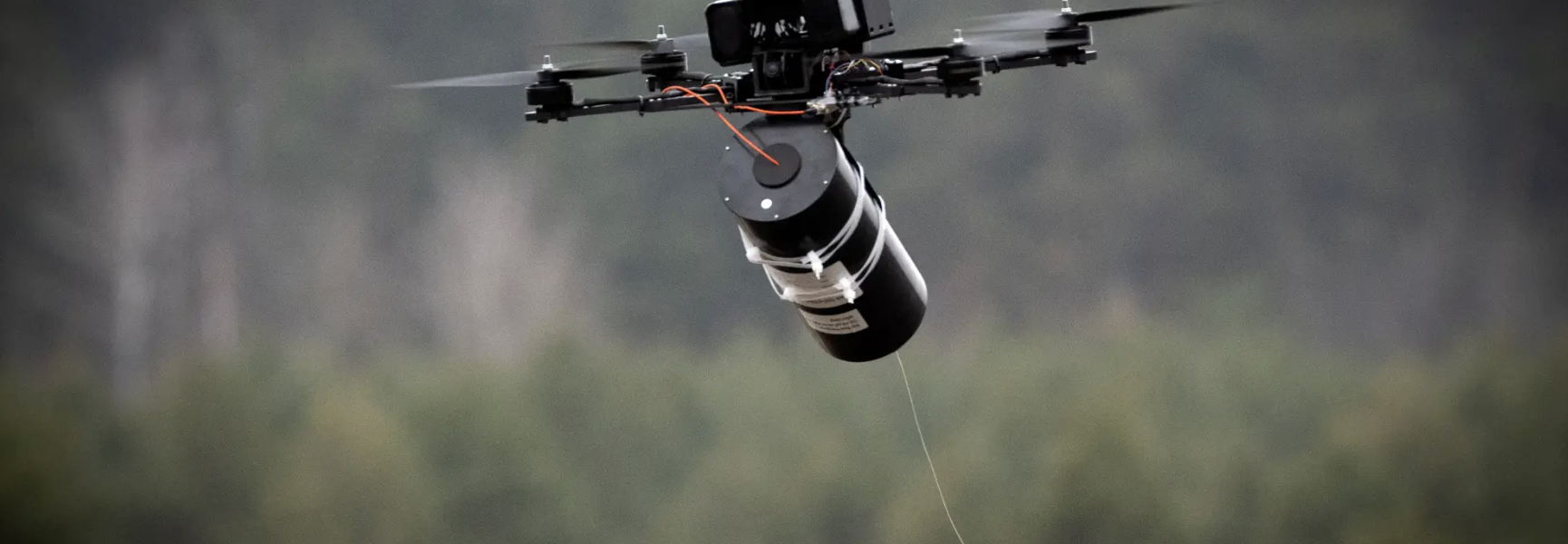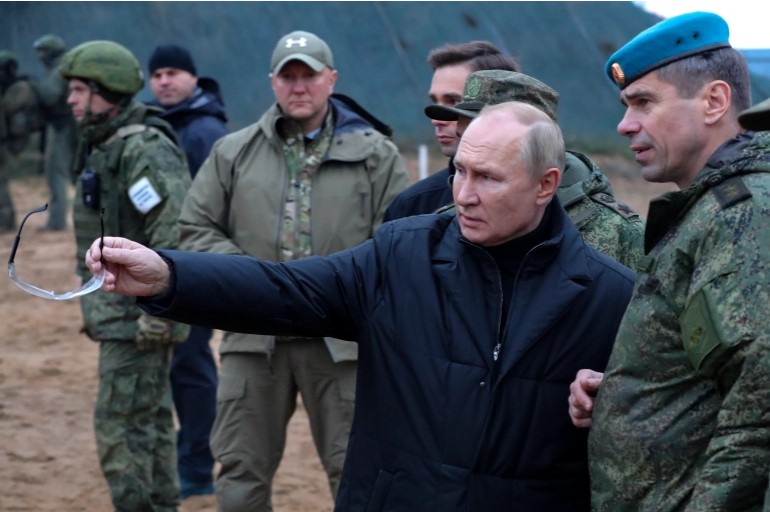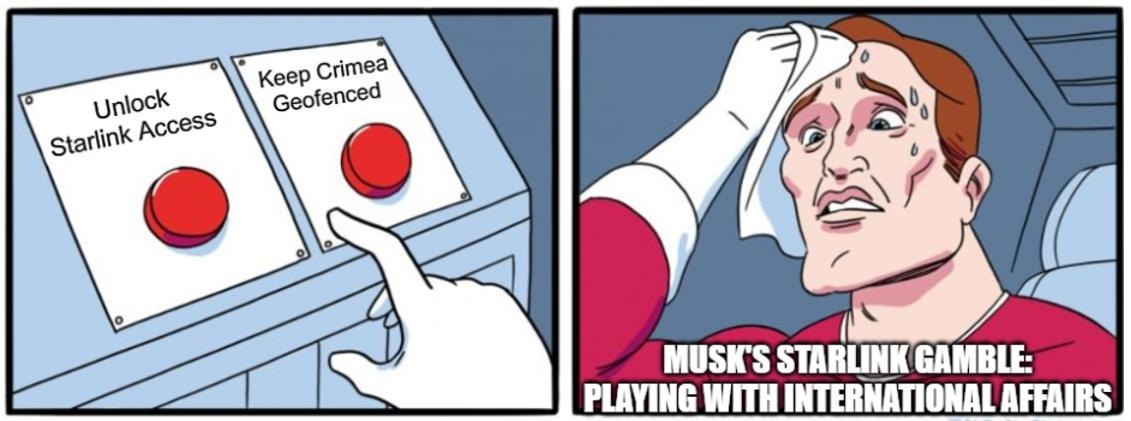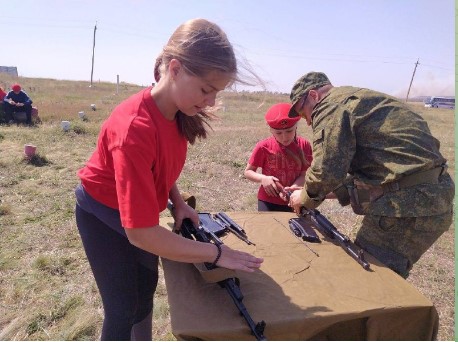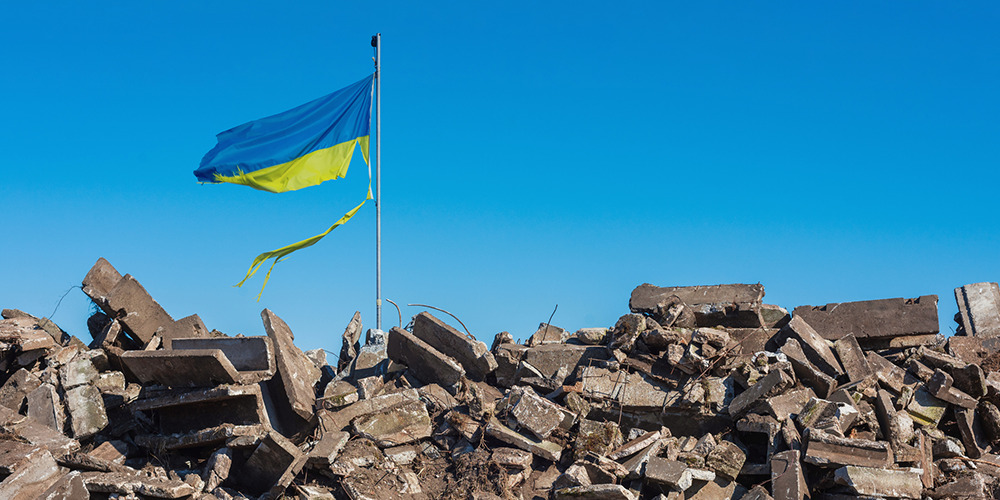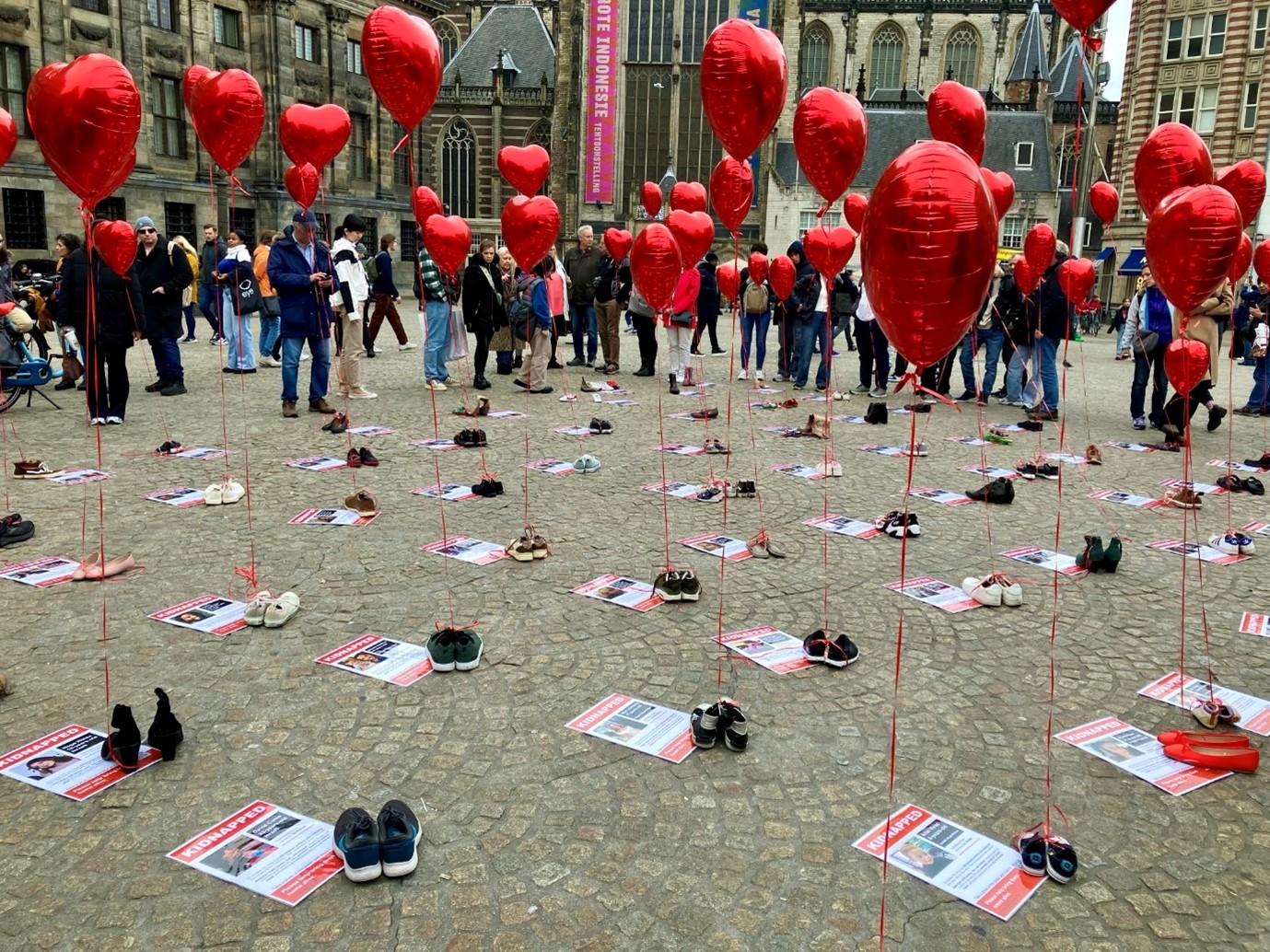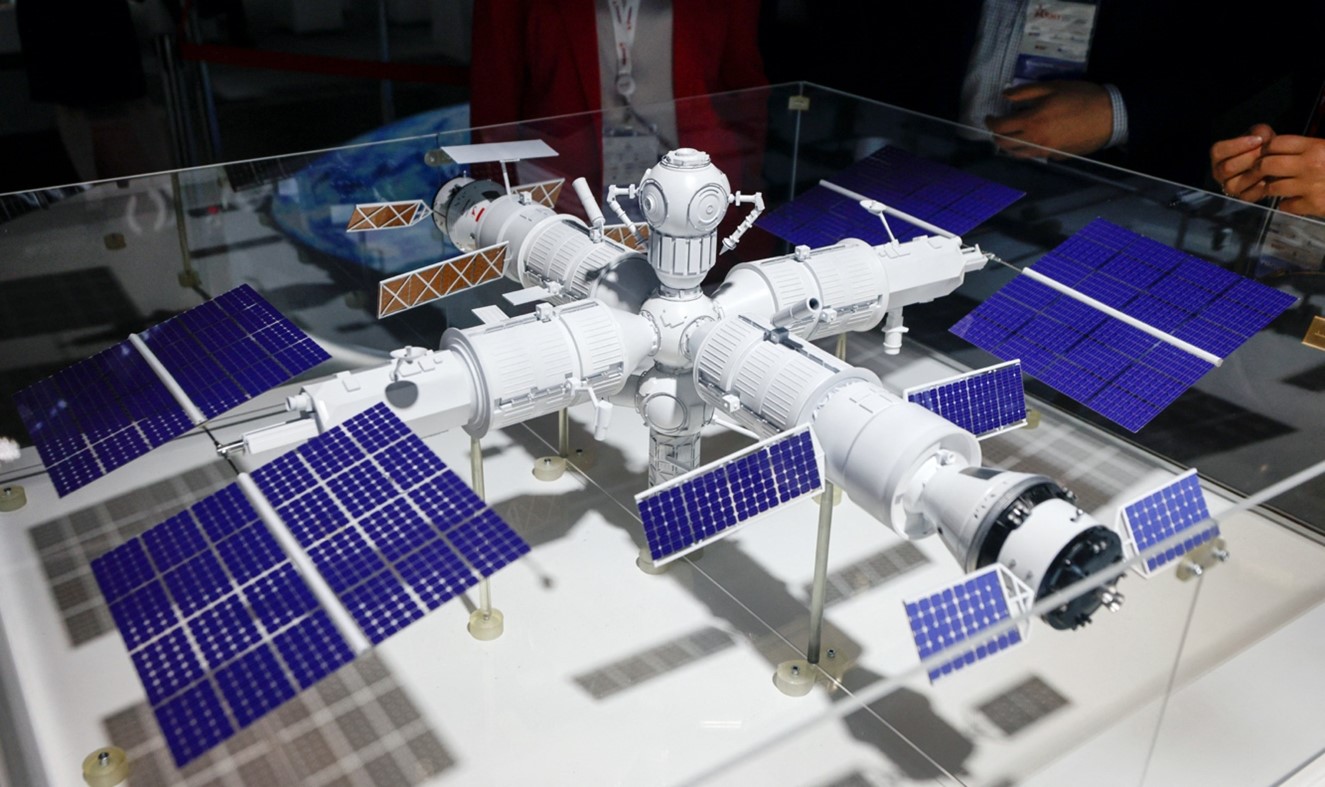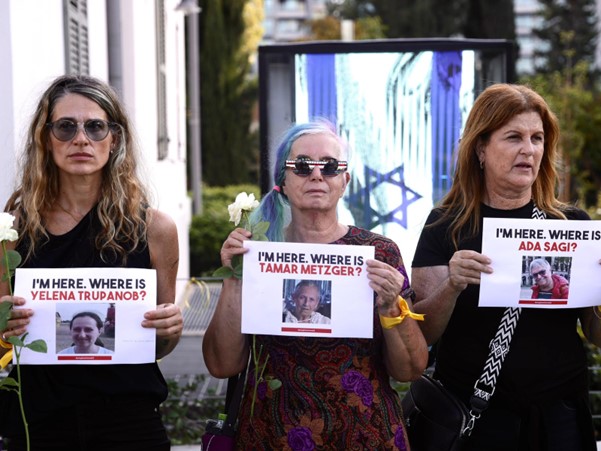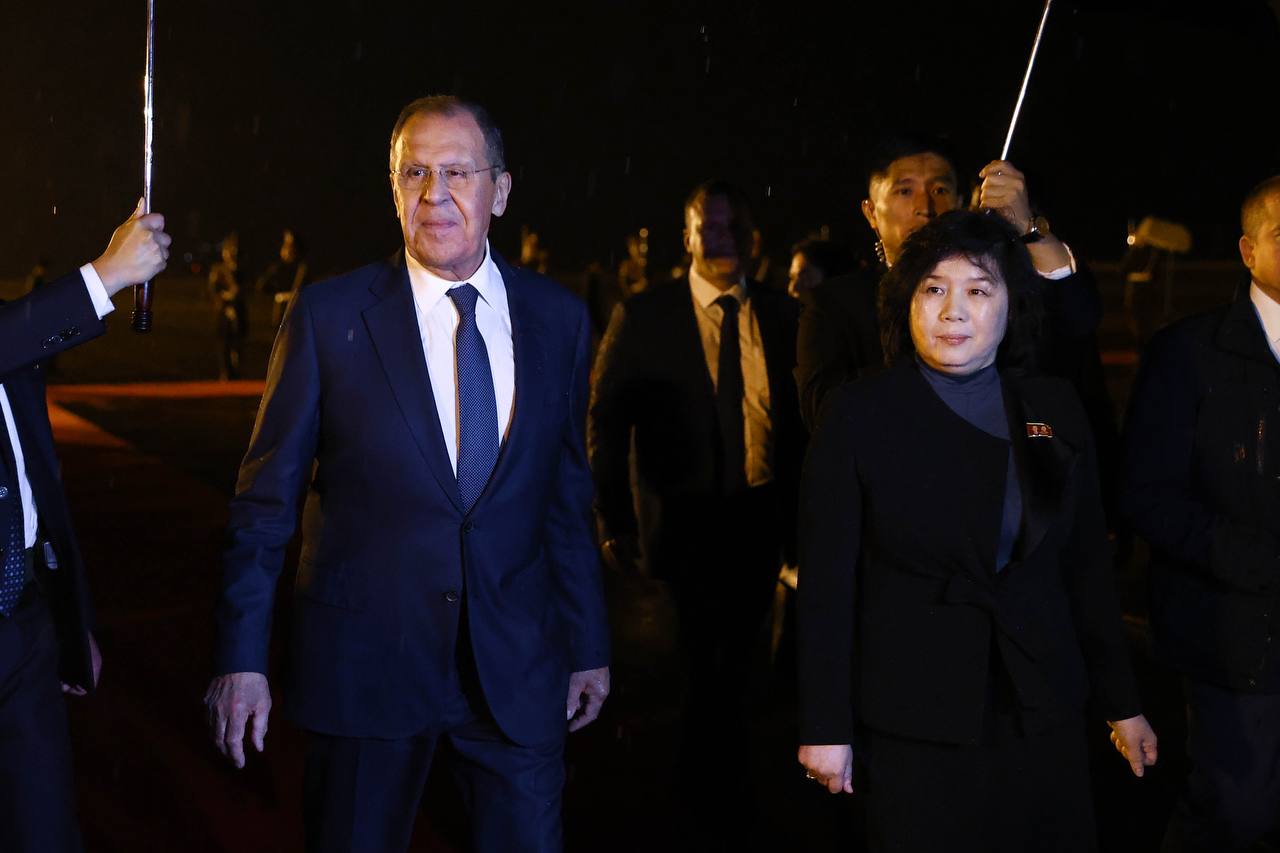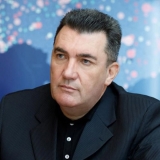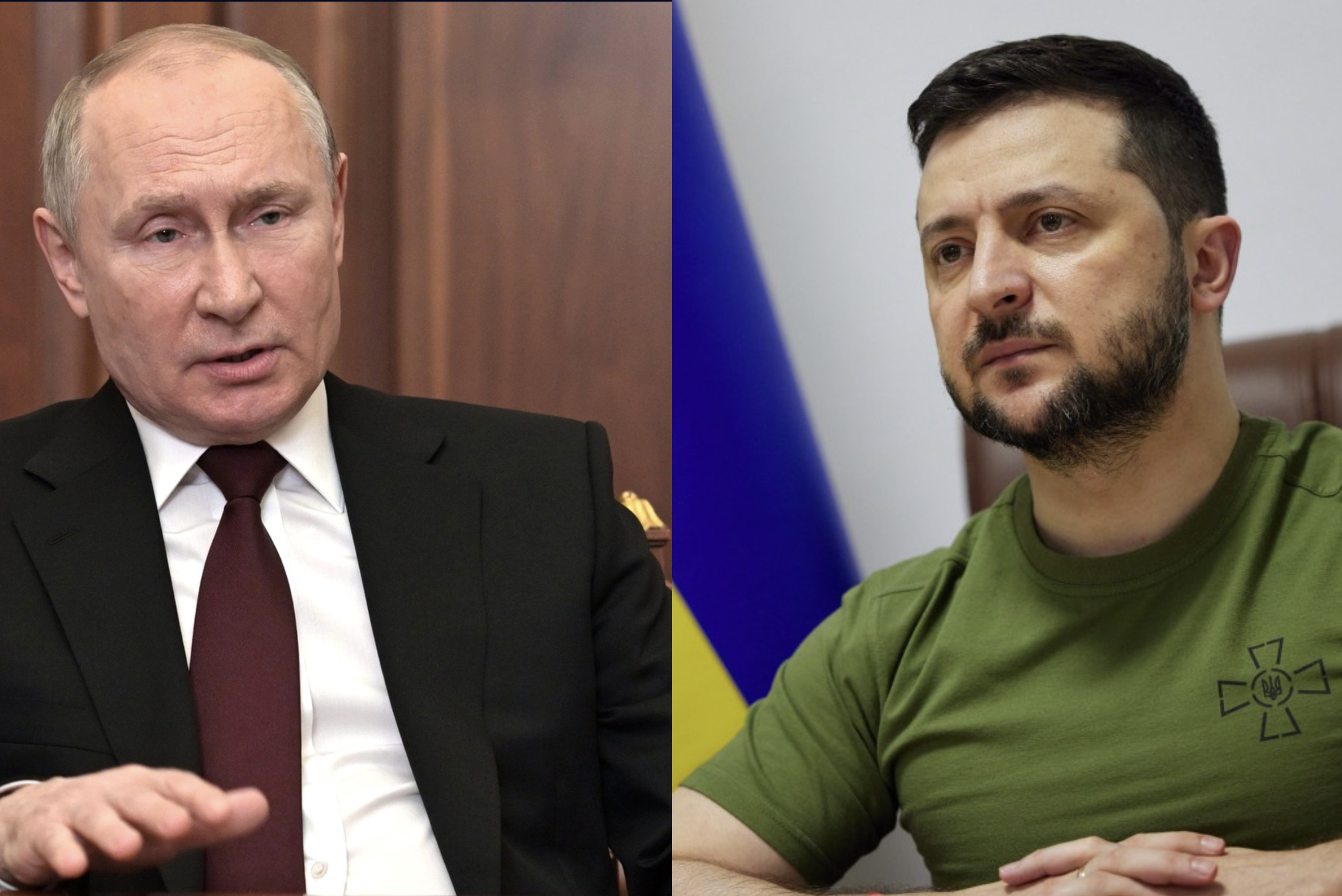
The Ukrainian Armed Forces are using fibre-optic cable-driven drones to conduct deep strikes against Russia. These drones have already targeted Russian munitions factories, troops, and armoured vehicles.
Originally developed by Russia, fibre-optic drones were first seen on the battlefield in Ukraine earlier this year. However, Ukraine has been quick to catch up, even going so far as to target Russian fibre-optic factories in an effort to prevent further deployment of the technology on the front line.
The low-flying drones are tethered to the ground via thin fibre-optic cables, which unwind as the drone flies farther from the controller. Unlike radio-controlled drones, fibre-optic drones cannot be jammed by opposing forces using countermeasures such as electronic warfare. The cable transmits a high-quality image back to the ground, right up to the moment of detonation.
This new range of drones can carry small amounts of explosives and fly at speeds of up to 36 mph, manoeuvring between buildings and through forests without losing signal. This means targets previously considered safe from drone attacks are now vulnerable.
However, the fibre-optic cables can become entangled or snag on objects. If the cable snaps, the drone is lost.
Despite this limitation, the drones have already been used to attack factories in Samara and Mordovia oblasts. A source within the Ukrainian State Security Service (SBU) confirmed to the Kyiv Independent that they were behind the strikes in Samara Oblast.
“SBU strike drones attacked ‘Promsintez’ in Chapayevsk, Samara Oblast. The factory is one of the leading manufacturers of explosives in the Russian Federation and the Commonwealth of Independent States,” said the source, adding that their drones hit the facility 20 times.
“As a result, the leadership of the factory has halted their technological processes.”
Footage from local media also shows attacks on Saransk in Mordovia Oblast on the same night. One local source identified the targeted building as a factory belonging to a company called Fibre Optic Systems.
Meanwhile, Russia’s much-anticipated spring offensive is underway but has so far failed to make significant gains into Ukrainian territory.
Despite having amassed tens of thousands of troops along the border, Moscow reportedly lacks the resources to capture key locations such as the city of Sumy, which lies less than 20 miles from Russia, according to Ukrainian military officials.
The city has been repeatedly targeted over the past week by Russian missile strikes, with attacks on Palm Sunday killing more than 30 civilians.
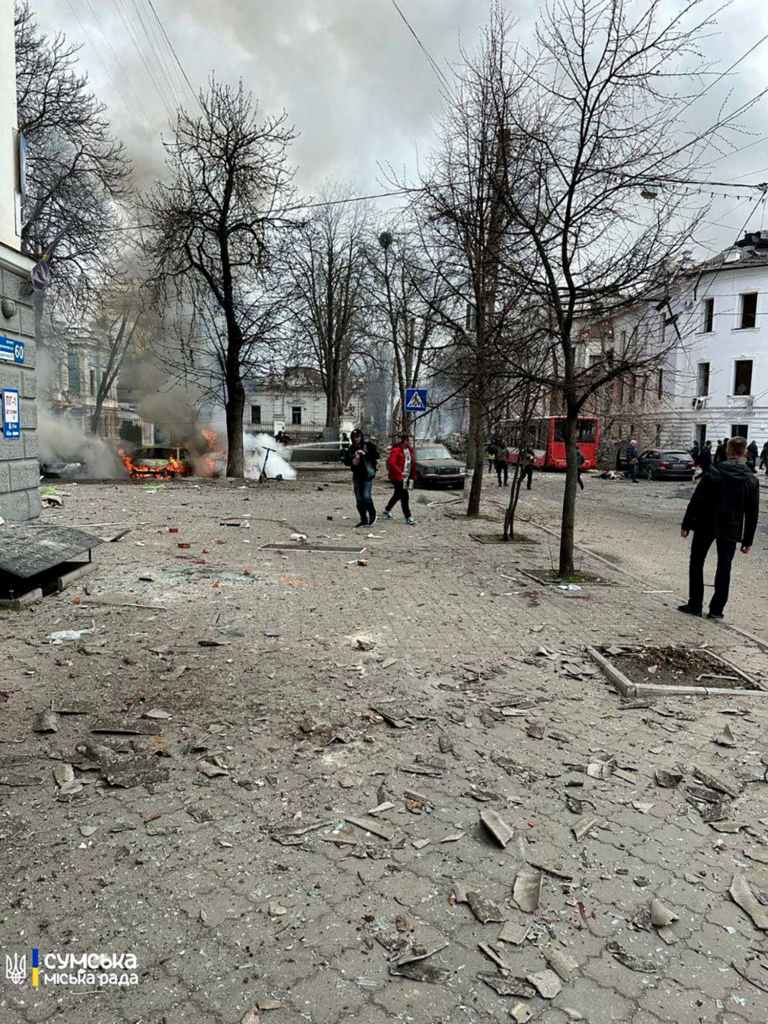
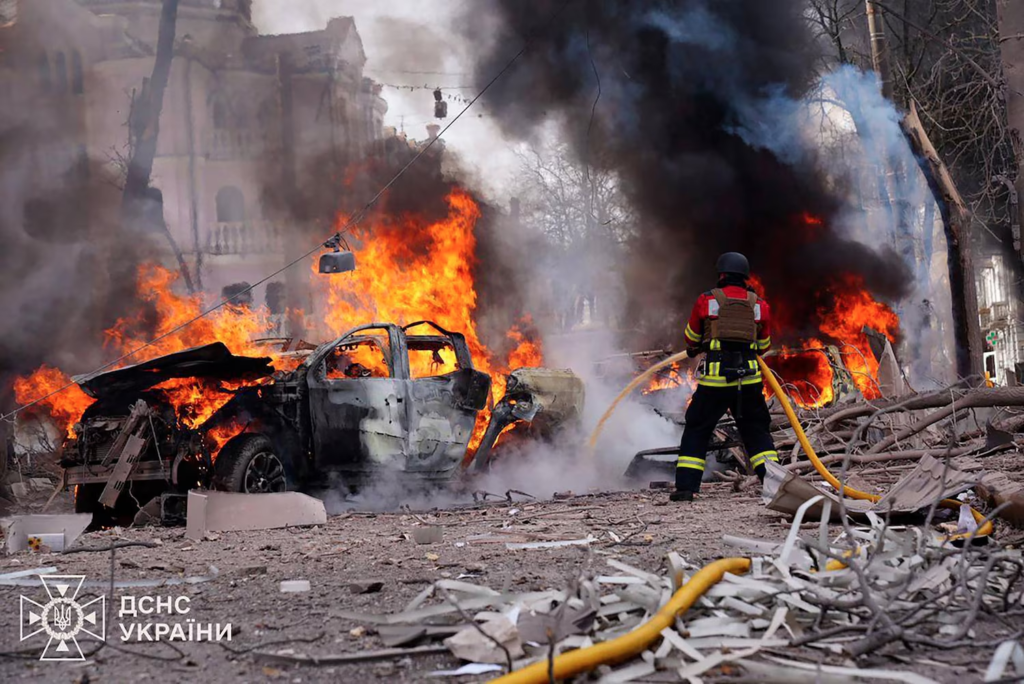
The renewed Russian offensive is now being used by US Republican supporters of Ukraine to pressure Donald Trump to take a firmer stance on Vladimir Putin if he wants to secure a ceasefire agreement.
“Putin and peace apparently do not fit in the same sentence,” wrote Senator Lindsey Graham, a Trump ally who has attempted to balance his support for Ukraine with maintaining favour with the former president. “Russia’s barbaric Palm Sunday attack on Christian worshippers in Ukraine seems to be Putin’s answer to efforts to achieve a ceasefire and peace.”
“While Ukraine has accepted President Trump’s ceasefire proposal, Putin continues to show he is more interested in bloodshed than in peace,” said Michael McCaul, a representative from Texas. “Targeting innocent civilians as they gather to worship on Palm Sunday is beyond the pale.”
The Ukrainian government has stated that the attacks demonstrate Russia’s disregard for US ceasefire calls.
“It’s now the second month that Putin has been ignoring the US proposal for a full and unconditional ceasefire,” wrote President Zelenskyy. “Unfortunately, in Moscow, they are convinced they can keep killing with impunity. Action is needed to change this situation.”
Trump had signalled even before the attack that he was growing exasperated with Russia’s intransigence – the first signs of frustration that many Ukrainian allies hope will intensify over the course of his presidency.

